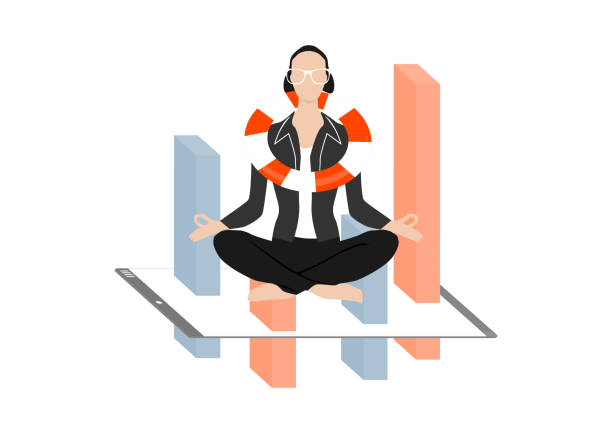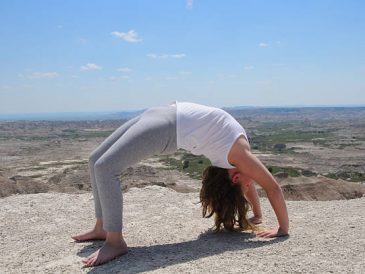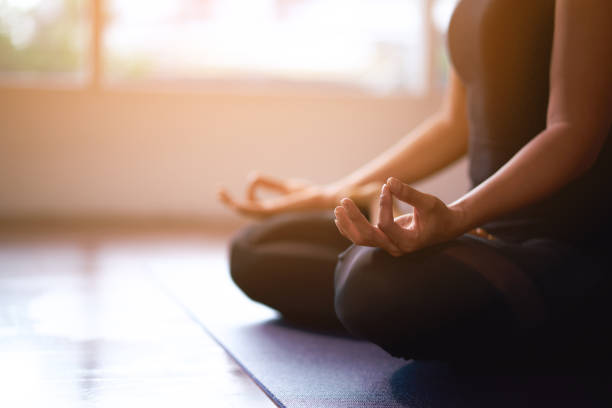It can be not very safe to attend your first yoga class. For some, it continues to be so even after your second, fifth, or hundredth class. You will always find someone who is more flexible, stronger, or more advanced in the class than you.
First, I tell students who want to practice yoga to let go of their ego. Yoga is not competition. What your neighbor can do today is not a reflection of what you can do.
Everybody has to begin as a novice. It’s human to be self-conscious when entering a new environment, even one as intimidating as your first yoga class. Here are answers to some of the most frequently asked questions about yoga for beginners.
Where should I go to my first yoga class?
The majority of local studios offer classes for beginners. However, I will warn you that many studios advertising “all levels classes” really cater to their regulars. They come every week and know the practice.
The best way to begin is by taking a class that has been specifically labeled as “beginner.” You can also try a Yin class or a gentle class, where you will spend more time in passive beginner poses. Some of the most effective beginner classes that I have taken were not in yoga studios but at community centers such as the YMCA and gyms with studio classes.
Don’t be discouraged if your first class does not go well. It is important to find the right teacher and style for you.
Why should I begin practicing yoga?
It’s a practice that has a lot of benefits. Yoga is for everyone – young and old, flexible and inflexible. Yoga is much more than just a physical exercise. Yoga is about coming home to yourself, your mind, and your spirit.
You will be stretched to your limits and learn so much about yourself. Yoga is a great way to release stress, balance your workout, reduce stiffness, and meet new people.
Will I be able to do it if I am not flexible?
Fun fact: It took me five years of yoga practice before I could touch my toes. Five years, yes. This is because I often hear people say that they are inflexible before beginning a yoga practice.
I usually respond, “perfect! So am I!” It’s not a requirement for yoga practitioners to be flexible, but it is one of the benefits of yoga.
Yoga poses can be modified to fit your body. Props are also available to help you achieve the desired shape of each yoga pose. Inflexibility should not be a barrier to new students!
What should I bring and wear?
Wear whatever you are comfortable with, and that allows you to move freely. I wore leggings with a tank top and brought an extra long-sleeved T-shirt for the beginning and end of class.
Bring a towel and water if you tend to sweat a lot. You’ll be doing your practice barefoot, so leave the socks and shoes at home. Bring your yoga mat, or most studios can rent you one.
Where can I buy a mat from?
A good mat for yoga can make a big difference. If you are not sure whether you will stick with this “yoga thing,” you don’t need to spend a lot. You can borrow a yoga mat from the studio until you make a decision.
There are thousands of choices when you’re ready for a purchase. There are some affordable options in sporting goods stores. You can also find a lot of trendy, high-end options. You can also ask your yoga teacher what mats they prefer.
I like a mat that is thinner because it makes it easier to balance. Some people may need a cushion if they experience pain while sitting on their knees.
What are the various styles of yoga?
There seems to be a new type of yoga every day. It’s easy to find a style of yoga that suits you. You can choose from slow classes such as Yin, Gentle, or Restorative Yoga. These classes will have you spending a lot of time lying on the floor doing long, deep stretches.
Vinyasa or Hatha classes are more active and will often include challenging poses. They usually emphasize breathing in harmony. Here, you can find out more about the different styles.
Why does everyone om-ing?
OM, it is said, is the sound of the Universe. It’s a symbol of our connection with all living beings and things. This is how you seal the lessons from the yoga class. New students may find it intimidating, but you do not have to take part. Yoga is a laughing art, so you are allowed to giggle.
What if I don’t know the names of all the poses?
It’s not a mistake if it appears that your yoga instructor is speaking another language. Yoga poses have Sanskrit names, but they also come in English. Don’t worry if you don’t know which warrior is which.
You can usually follow along by looking around. Good yoga teachers will keep track of the new students and ensure that they don’t fall behind or get confused in translation.
Will the teacher touch me?
If you are uncomfortable with being touched by the teacher, let them know.
Adjustments are a great way to explore poses. You can go deeper into a posture by applying a slight pressure or touch to help you realize you are holding tension in your muscles.
If a teacher is planning to make changes, they should ask the students to indicate if they would prefer to skip it at the start of class. You have the right to ask students to miss you if they don’t.
It’s ok to sleep during Savasana.
You won’t be kicked out of the studio if you snore during Savasana. This is not nap time.
Savasana is a restorative pose that can be very important in a class of yoga. It provides a much-needed complement to the more active poses. This is the time to focus on yourself and to quiet your mind. The challenge is not to sleep but rather to be aware of your breath and body without distractions.
What can I do if I cannot shut my mind off during meditation?
My best advice would be to not judge yourself for being unable to meditate. Relax and stop berating yourself for not being able to meditate.
Accept where you are right now and accept whatever you feel without judging it. Meditation is a yoga practice that can be more challenging than asanas and the physical aspects of yoga.




